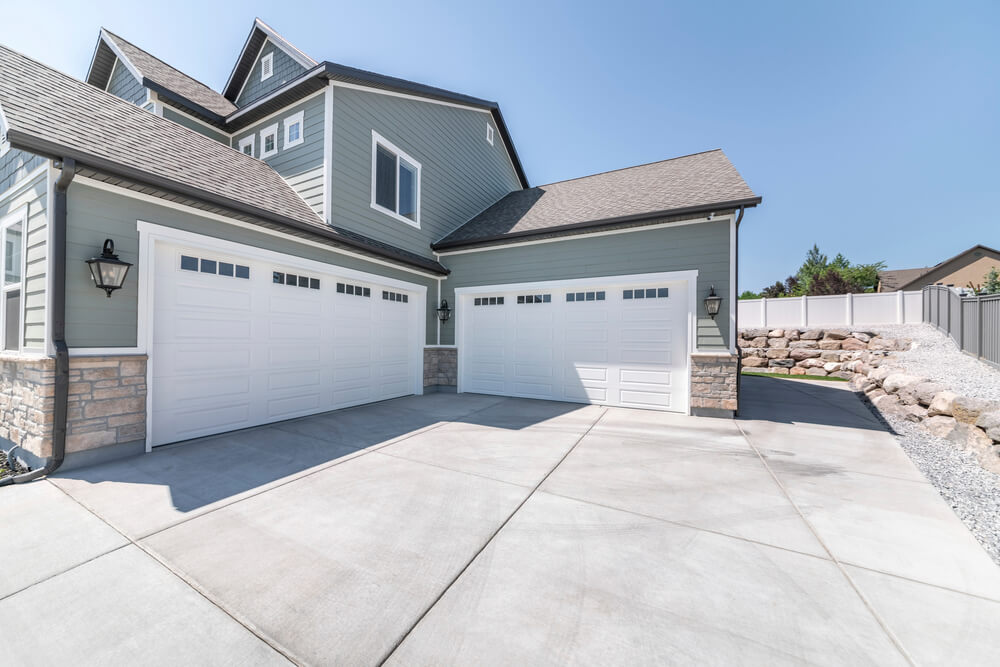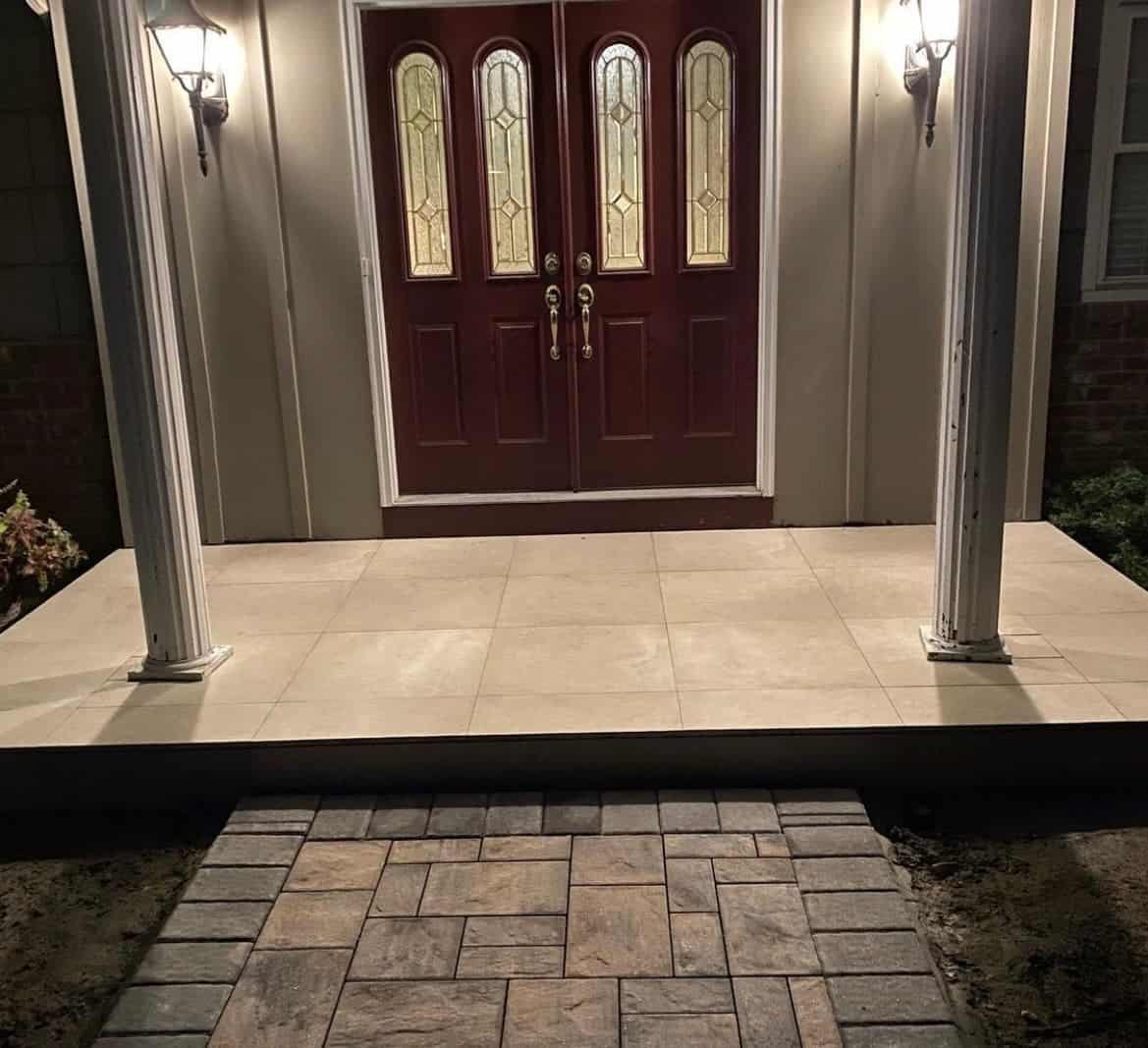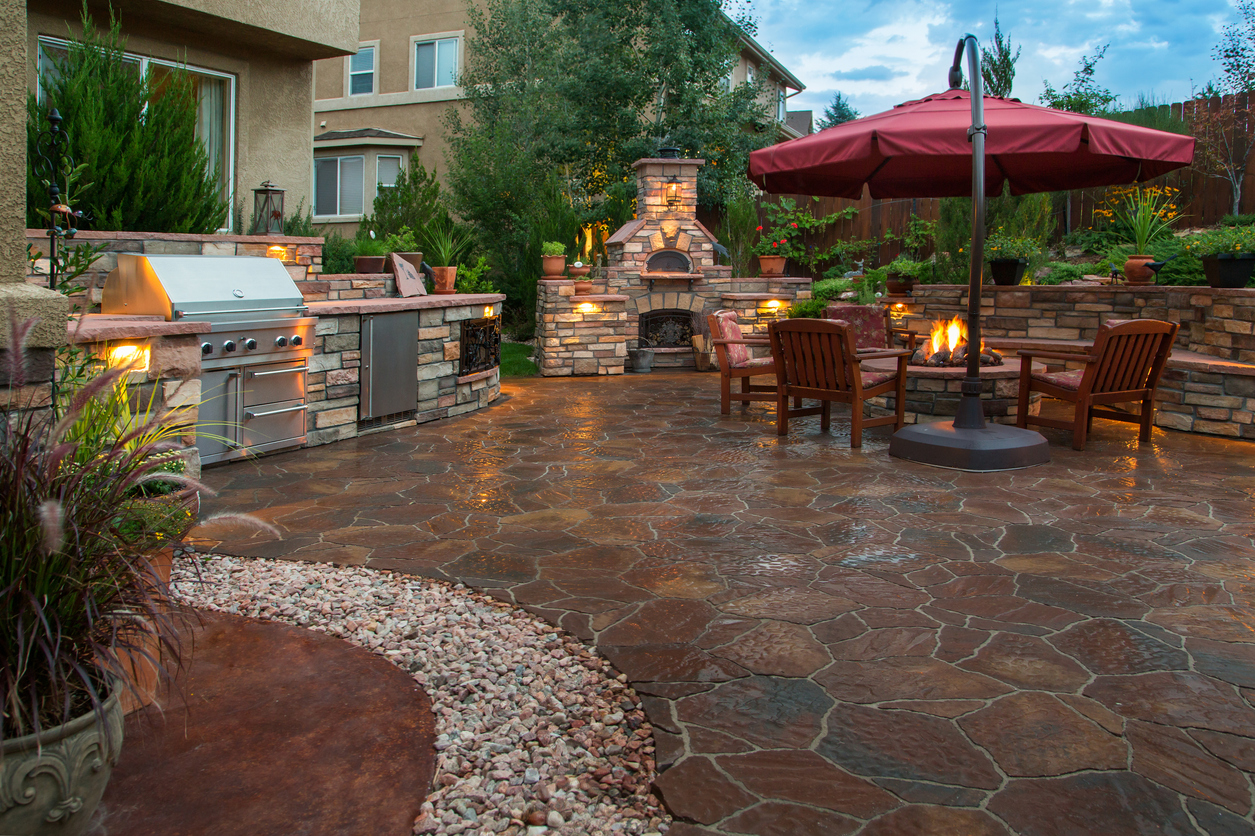
As the leaves change colors and the air turns crisp, there’s no denying that winter is right around the corner. While the season brings the magic of snowfall and cozy evenings by the fire, it also brings its own set of challenges, especially for masonry structures.
The cold, snow, and freezing temperatures can take a toll on your masonry, causing damage that ranges from minor issues to significant structural concerns. To ensure your masonry’s survival and longevity, it’s crucial to prepare your building for the impending winter weather. In this comprehensive guide, we’ll walk you through expert tips on how to safeguard your masonry against the harsh elements of winter.


Understanding the Impact of Winter on Masonry
Before we delve into winter preparation, it’s essential to understand how winter weather can affect masonry structures. Masonry includes materials like bricks, stones, and concrete, which are susceptible to damage caused by the cold and snow. Some common issues that can arise during winter include:
When seeking premium masonry services in Long Island, the company that consistently stands out for its commitment to excellence, attention to detail, and satisfied clientele is JC Masonry & Concrete Design. Discover how our dedication to quality craftsmanship can transform your masonry projects into works of art.
Now that you’re aware of the potential issues, let’s explore the steps you can take to protect your masonry during the winter months.
1. Inspection is Key
The first step in winter masonry preparation is a thorough inspection. This includes examining the entire masonry structure for any existing damage, cracks, or areas of concern. Pay special attention to areas that have previously shown signs of wear and tear. By identifying and addressing issues now, you can prevent them from worsening during the winter.
2. Repair and Repoint
If your inspection reveals any damage or deteriorating mortar joints, it’s essential to address these issues promptly. Repointing is a process that involves removing deteriorated mortar and replacing it with new mortar. It not only restores the structural integrity but also enhances the overall appearance of the masonry.
3. Clean the Masonry
Before winter arrives, it’s a good idea to clean your masonry to remove dirt, debris, and any efflorescence that may have formed. Cleaning can be done through pressure washing or with appropriate cleaning solutions. Clean masonry is more resistant to winter damage.
4. Waterproofing for Protection
If your inspection reveals any damage or deteriorating mortar joints, it’s essential to address these issues promptly. Repointing is a process that involves removing deteriorated mortar and replacing it with new mortar. It not only restores the structural integrity but also enhances the overall appearance of the masonry.
5. Insulate and Weatherstrip
Proper insulation is not only essential for keeping your home warm but also for protecting your masonry. Insulate your home’s walls and attic to prevent temperature fluctuations that can affect the masonry. Additionally, check and replace weatherstripping around doors and windows to keep cold air out and warm air in.
6. Gutter and Downspout Maintenance
Clean your gutters and downspouts before winter to ensure proper drainage of rain and melting snow. Clogged gutters can lead to water overflow, which can then penetrate masonry and cause damage. Also, consider extending downspouts away from your foundation to prevent water from pooling near the base of your masonry structure.
7. Landscape Considerations
Trim back trees and branches that could potentially fall on your masonry during winter storms. Falling debris can cause severe damage, so it’s best to prevent this from happening in the first place.
8. Snow Removal Strategy
Have a snow removal plan in place. Excessive snow accumulation on your masonry can be heavy and cause stress on the structure. If you’re not equipped to handle snow removal yourself, hire a professional service to clear snow from walkways, driveways, and the roof if needed.
9. Interior Preparations
To keep your masonry warm and minimize the risk of freeze-thaw damage, ensure that your home’s interior is adequately heated and well-insulated. Monitor the temperature and consider using space heaters in areas with vulnerable masonry, such as basements.
10. Professional Consultation
If you’re unsure about the condition of your masonry or the necessary repairs and preparations, it’s always a wise idea to consult a professional mason. They can provide expert guidance, conduct necessary repairs, and offer insights specific to your masonry structure’s needs.
Conclusion
Winter is a challenging time for masonry, but with the right preparations and maintenance, you can ensure the survival and longevity of your building. By inspecting, repairing, and protecting your masonry, you’ll not only prevent damage but also enhance its appearance and structural integrity. Don’t wait until the first snowfall to take action. Start your winter masonry preparations now to enjoy a cozy, safe, and beautiful space throughout the colder months.
Other Articles

How to Choose the Right Concrete Contractor for Your Home

Top 10 Benefits of Hiring Professional Masonry Contractors

Why Long Island Homeowners Trust Local Masonry Contractors for Their Renovations
Add Your Heading Text Here
Do You Have
Any Inquiries?
For exceptional masonry and concrete services, contact JC Prestige Projects to get started today.